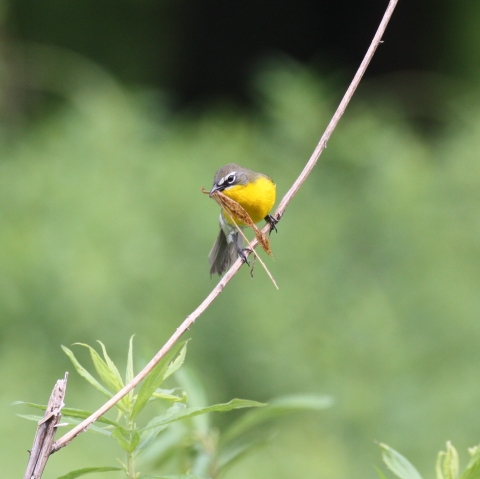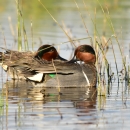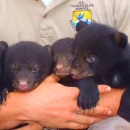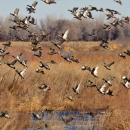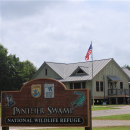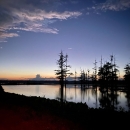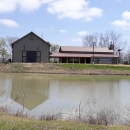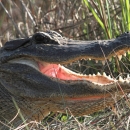About Us
Established in 1975, Hillside National Wildlife Refuge supports hundreds of wildlife species. Before what is now refuge land was transferred to the U.S. Fish and Wildlife Service, it was used by the U.S. Army Corps of Engineers to capture sediment from the Yazoo Basin Headwater area. Today, the refuge includes hardwood forest bottomlands – with oaks and cottonwood trees in higher elevations and willow, bald cypress and tupelo sloughs (or brakes) in lower elevations.
Our Mission
Conservation priorities on Hillside National Wildlife Refuge focus on moist-soil management, water management, forest management, law enforcement, public hunting and fishing, invasive species invasive species
An invasive species is any plant or animal that has spread or been introduced into a new area where they are, or could, cause harm to the environment, economy, or human, animal, or plant health. Their unwelcome presence can destroy ecosystems and cost millions of dollars.
Learn more about invasive species control, research, inventory and monitoring, education and interpretation.
Other Facilities in this Complex
Hillside National Wildlife Refuge is one of nine refuges that make up the Theodore Roosevelt National Wildlife Refuge Complex. Each refuge in the complex plays vital role to conserving our nation's resources. A National Wildlife Refuge Complex is an administrative grouping of two or more Refuges, wildlife management areas or other Refuge conservation areas that are primarily managed from a central office location. Refuges are grouped into a complex structure structure
Something temporarily or permanently constructed, built, or placed; and constructed of natural or manufactured parts including, but not limited to, a building, shed, cabin, porch, bridge, walkway, stair steps, sign, landing, platform, dock, rack, fence, telecommunication device, antennae, fish cleaning table, satellite dish/mount, or well head.
Learn more about structure because they occur in a similar ecological region, such as a watershed or specific habitat type, and have a related purpose and management needs. Typically, a Project Leader oversees the general management of all Refuges within the complex and Refuge Managers are responsible for operations at specific Refuges. Supporting staff, composed of administrative, law enforcement, Refuge manager, biological, fire, visitor services, and maintenance professionals, are centrally located and support all Refuges within the complex.
Checkout the list below of the other Refuges within the Complex, and visit each one for new and different experiences!

